NVIDIA DLSS, a pioneering suite of neural rendering technologies, utilizes GeForce RTX Tensor Cores to significantly enhance frame rates while maintaining image quality that rivals traditional resolution rendering. These improvements are now accessible in over 700 RTX-enabled games and applications.
Introduction of DLSS 4 at CES 2025
At the CES 2025 event, NVIDIA announced the latest iteration of its DLSS technology—DLSS 4. This new version introduces Multi Frame Generation for the GeForce RTX 50 Series graphics cards and laptops, ensuring support for this feature in 75 upcoming games and apps. DLSS 4’s Multi Frame Generation can produce up to three additional frames for every frame rendered traditionally, effectively multiplying the frame rates by up to eight times compared to conventional rendering methods. Specifically, on the GeForce RTX 5090, this technology not only boosts gaming to impressive 4K at 240 FPS with full ray tracing but also cuts PC latency in half, enhancing both responsiveness and image quality.
Enhancements in AI and Performance
DLSS 4 marks the most substantial update to its AI models since the inception of DLSS 2.0 back in 2020. It now incorporates transformers, a cutting-edge architecture used in leading AI models, to power DLSS Ray Reconstruction, DLSS Super Resolution, and DLAA. These transformer models refine image quality by improving temporal stability, reducing ghosting, and capturing finer details in motion. Additionally, with the release of the GeForce RTX 50 Series, users of the NVIDIA app can now update their games and applications to leverage these advanced capabilities.
Wider Application and Upgradeability
Along with the introduction of Multi Frame Generation for GeForce RTX 50 Series GPUs, NVIDIA also enhances Frame Generation on both the GeForce RTX 50 and 40 Series GPUs. This upgrade boosts performance while decreasing VRAM usage. Moreover, all GeForce RTX GPUs supporting Ray Tracing can now utilize the new DLSS transformer model to upgrade games equipped with Ray Reconstruction, Super Resolution, and DLAA technologies.

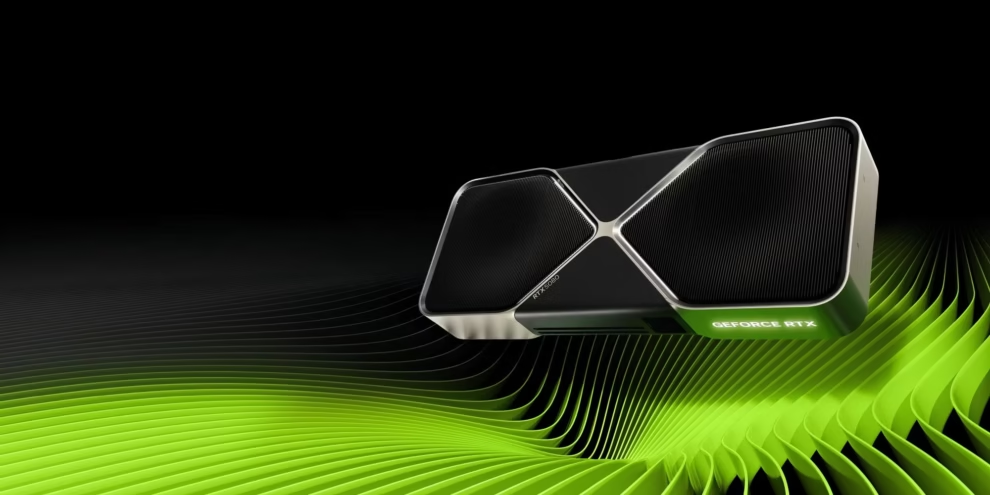


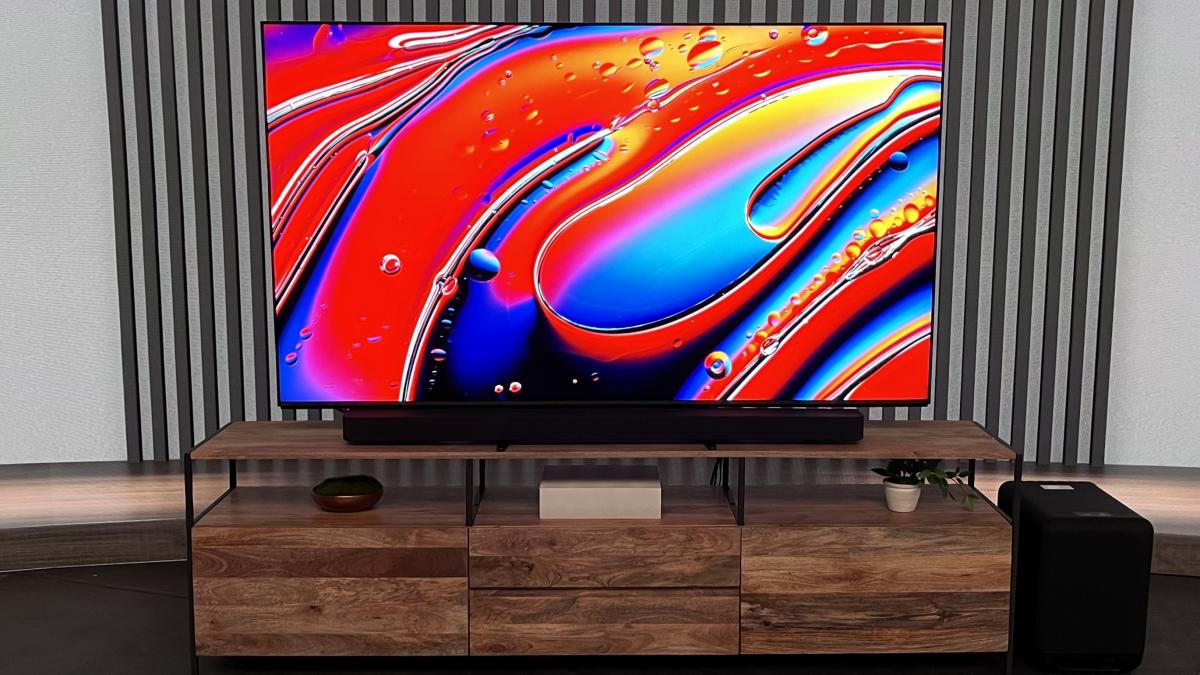
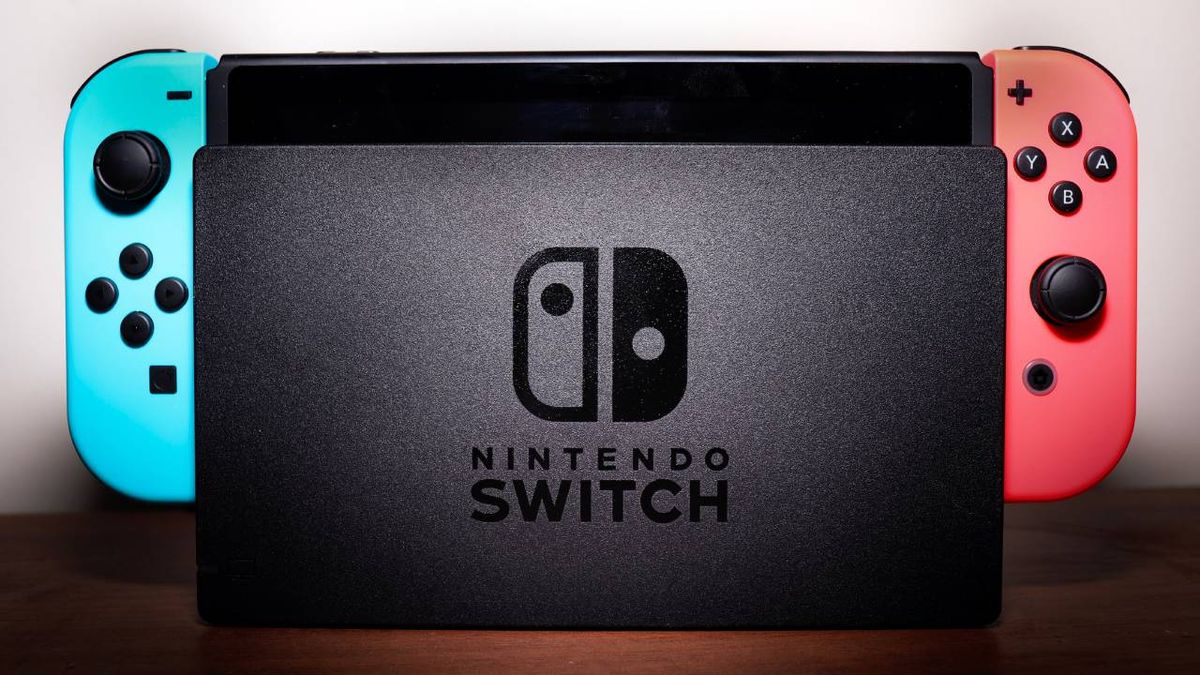
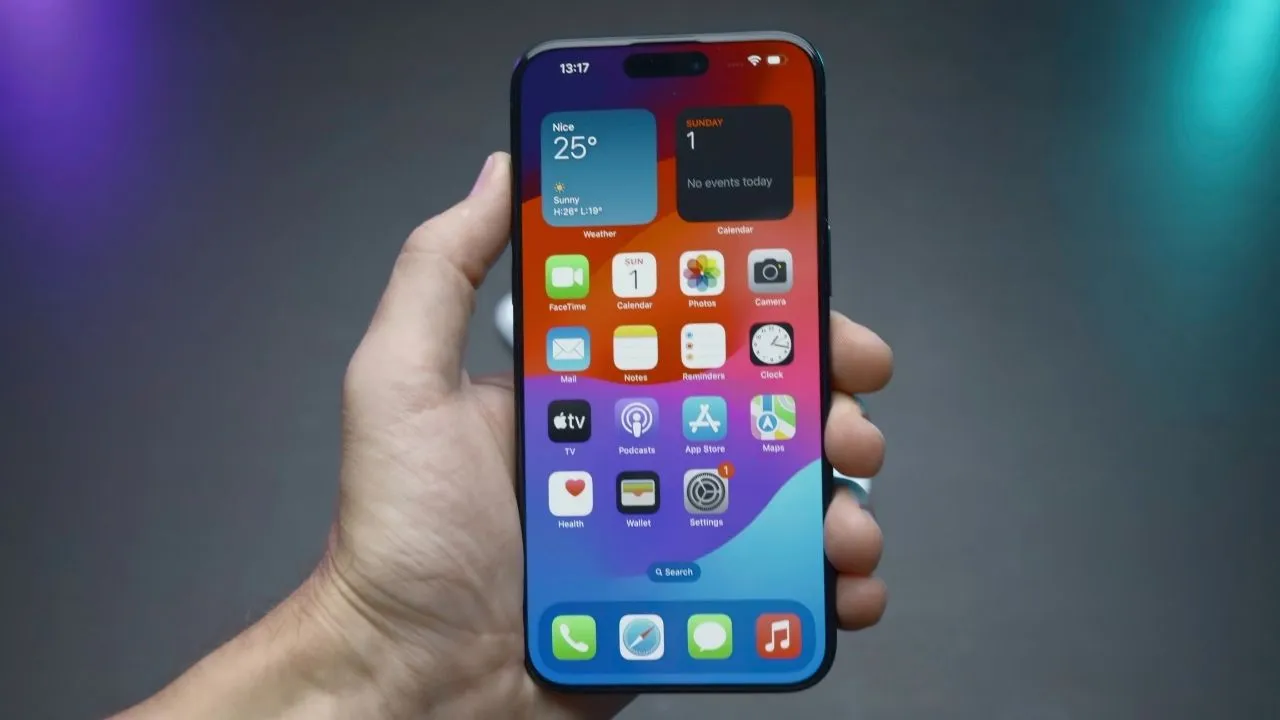

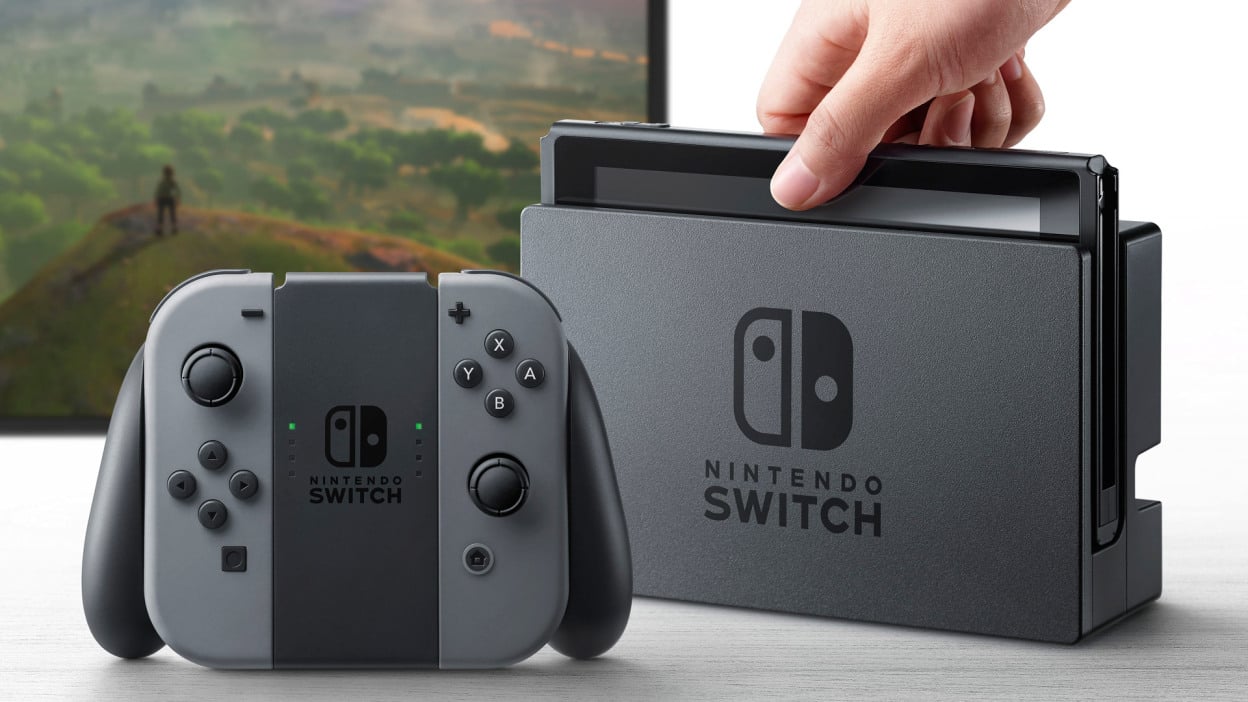
Add Comment